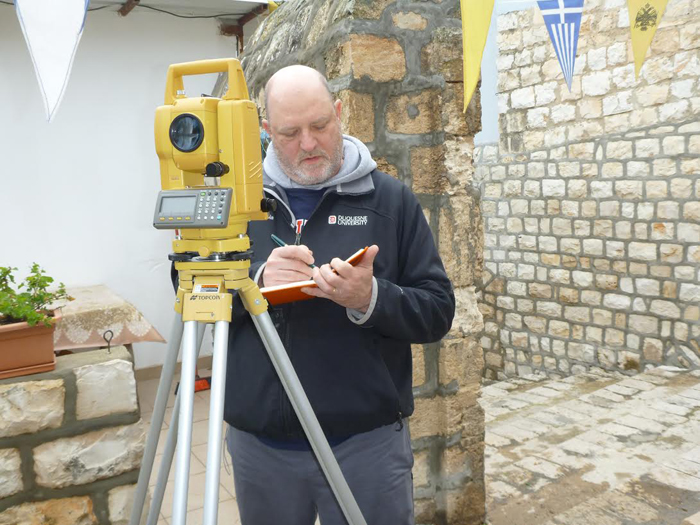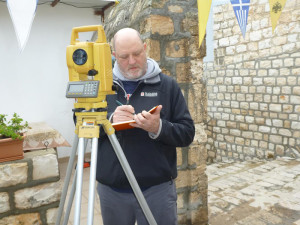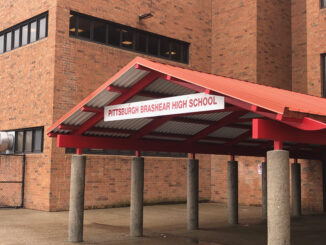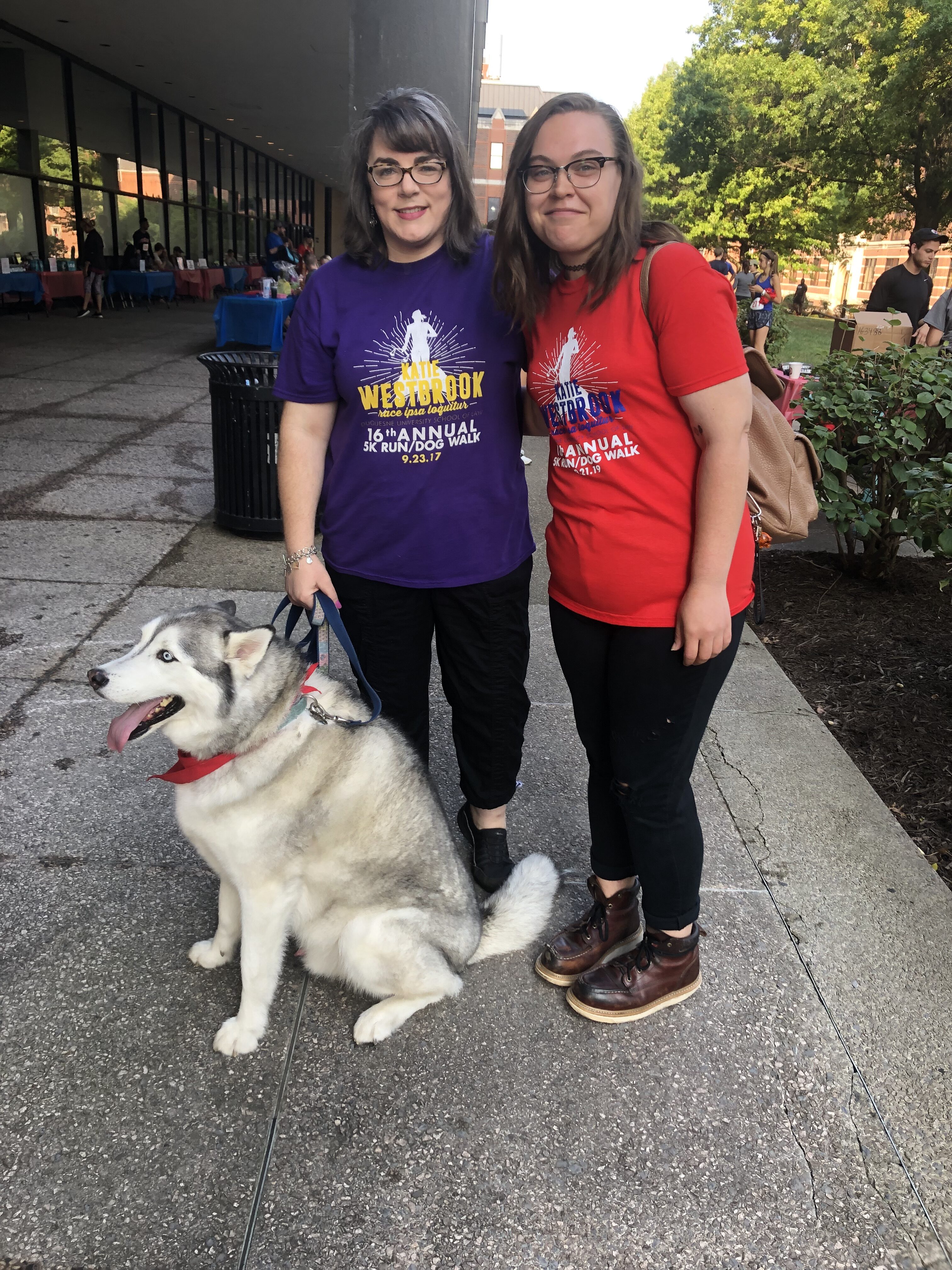

By Max Blechman | The Duquesne Duke
Philip Reeder, dean of the Bayer School of Natural and Environmental Sciences, returned to Duquesne on Jan. 23 after conducting archaeological research for a month in Israel and Greece.
Reeder said that in addition to conducting research, his goal was to make connections that will create future opportunities for students and faculty from the Bayer school to research these and similar sites in the future.
“As dean, I’m always trying to form linkages and partnerships outside of Duquesne that will help students moving forward,” Reeder said.
This trip was a result of 15 years of cooperation with the University of Hartford, the University of Wisconsin and other private companies. Reeder and his team used computers and ground penetrating radar to map underground materials and shapes that could not be safely excavated.
The research involved three locations. The first was in Nazareth, where the teams hoped to substantiate claims of “Mary’s Cave,” a network of caves and tunnels that supposedly lie underneath a Greek Orthodox Church. The data remained inconclusive.
The second location was in Greece, underneath two synagogues destroyed by allied bombing in World War II. The goal was to discover what previous structures existed at the two sites before the synagogues and when those structures where created. Adjacent to the sites were the remains of a Catholic church. If the two structures existed at the same time, it raises interesting cultural implications, such as to what extent the two tolerated each other, Reeder said.
The final location was the Rhode’s Knights Templar Grand Master Palace, which was erected during the crusades. However, research suggests there are walls under the palace that date back to the Ottoman, Byzantine and Hellenistic periods in Greek history.
The Bayer School is already planning to return to Israel and Greece next January. In the meantime, bones from the Greek sites are being sent to Duquesne for DNA examination.



